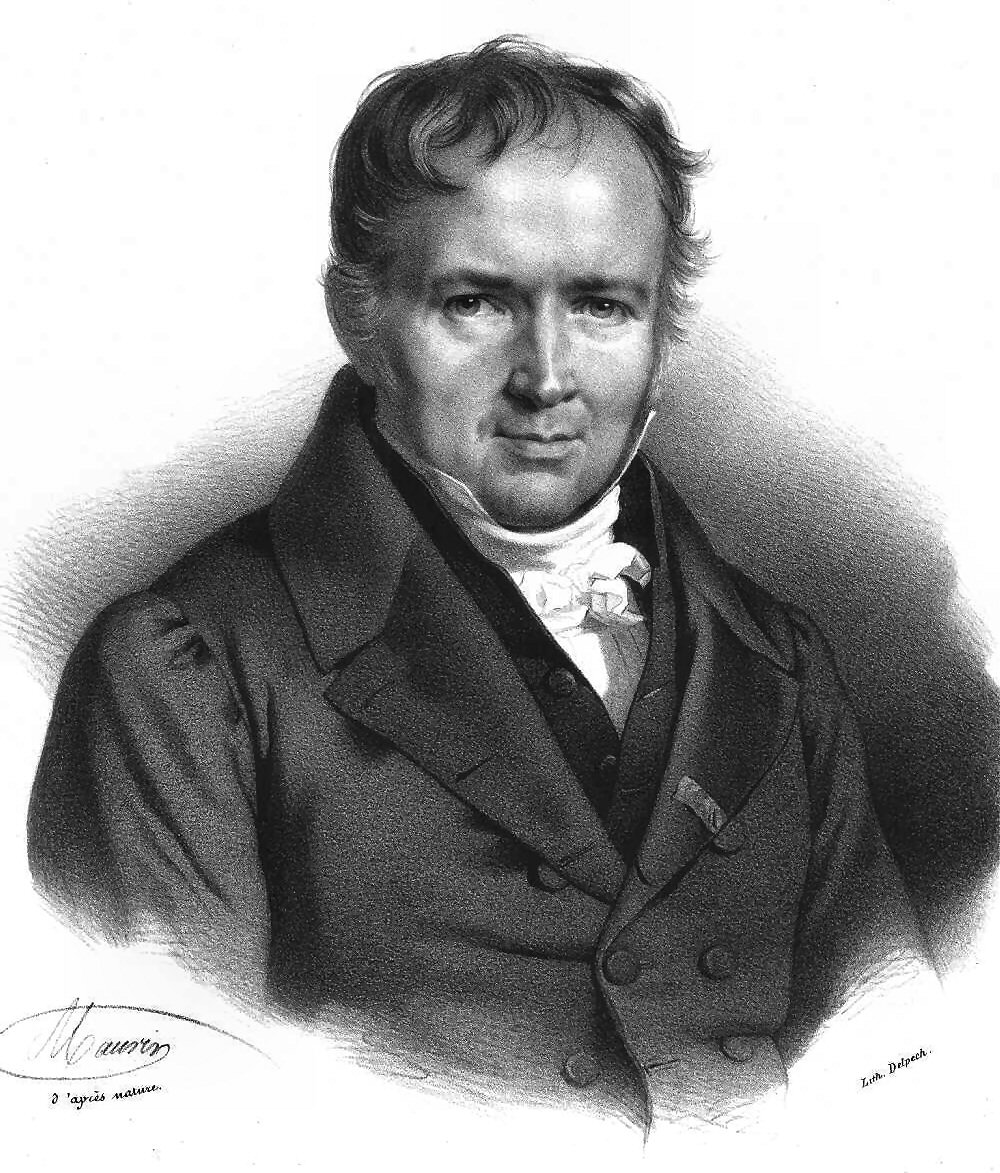News from the world of maths: Life is good for only two things, both mathematical
Life is good for only two things, both mathematical
Siméon-Denis Poisson (born 21 June 1781 Pithiviers, France; died 25 April 1840 Sceaux, France) was a French mathematician and physicist who once stated:
"Life is good for only two things, discovering mathematics and teaching mathematics."
Poisson was a student of Laplace and Lagrange and achieved highly at a young age, writing a memoir on finite differences at 18 and graduating at 19 without needing to take the final examination. He then moved immediately to the position of repetiteur at Ecole Polytechnique, which was quite an achievement as most top mathematicians had to serve in the provinces before getting a post in Paris.
In 1802, Poisson was named deputy professor and in 1806 he was appointed to the professorship that had been vacated by none other than Fourier. During this period, he studied ordinary and partial differential equations, and in particular their application to physical problems such as the pendulum and the theory of sound.
In 1808, Poisson became an astronomer at Bureau des Longitudes and in 1809 he added the chair of mechanics in Faculte des Sciences to his impressive list of appointments. In 1808 and 1809 Poisson published three important papers, the first investigating mathematical problems raised by Laplace and Lagrange about perturbations of the planets, and the others incorporating developments in Lagrange's method of variation of arbitrary constants which had been inspired by the first of Poisson's three papers. In addition, he published a new edition of Clairaut's Theorie de la figure de la terre, which had first been published in 1743 and confirmed the Newton-Huygens belief that the Earth was flattened at the poles.
In 1811, Poisson won a "Grand Prix" on electricity studies and in 1813 his results regarding the potential in the interior of attracting masses found application in electrostatics. Papers followed on the velocity of sound in gasses, on the propagation of heat, and on elastic vibrations.
It was in his 1837 work Recherches sur la probabilite des jugements en matière criminelle et matière civile that the Poisson probability distribution first appears. This distribution describes the probability that a random event will occur in a time interval when the probability of the event occurring is very small and the number of trials very large.
He published between 300 and 400 mathematical works and his name is associated to a wide variety of ideas including Poisson's integral, Poisson's equation in potential theory, Poisson brackets in differential equations, Poisson's ratio in elasticity, and Poisson's constant in electricity. However, he was not highly regarded by other French mathematicians, with his reputation much higher among foreign mathematicians than his country-folk.
For more on Poisson, see his MacTutor biography. For more information on Poisson distributions and probability, see the Plus articles Blast it like Beckham, and On the ball.
posted by westius @ 1:36 PM ![]()
![]()
